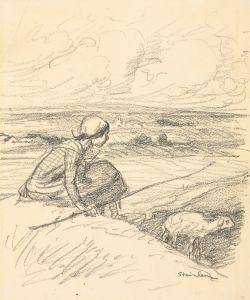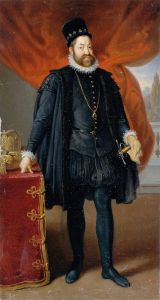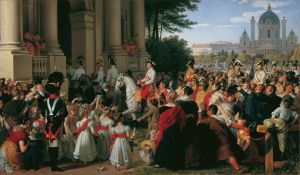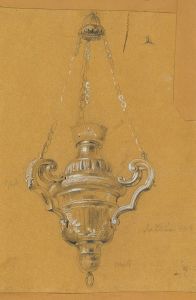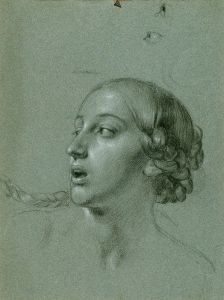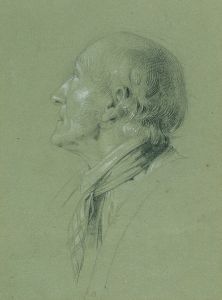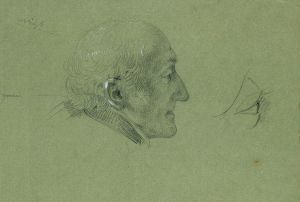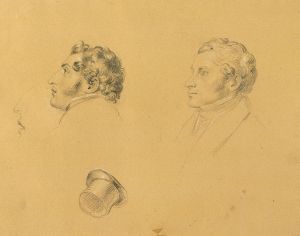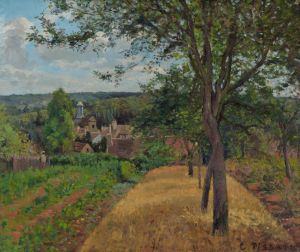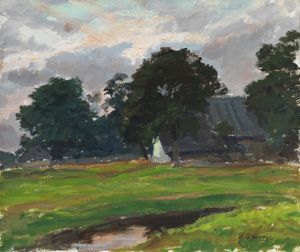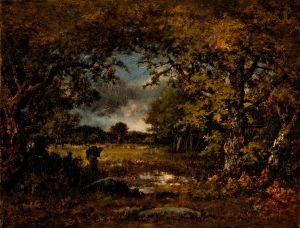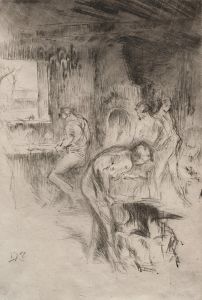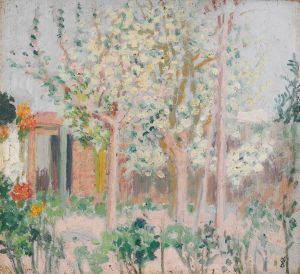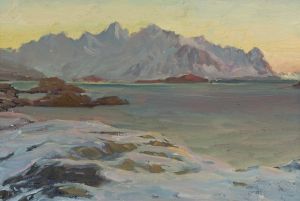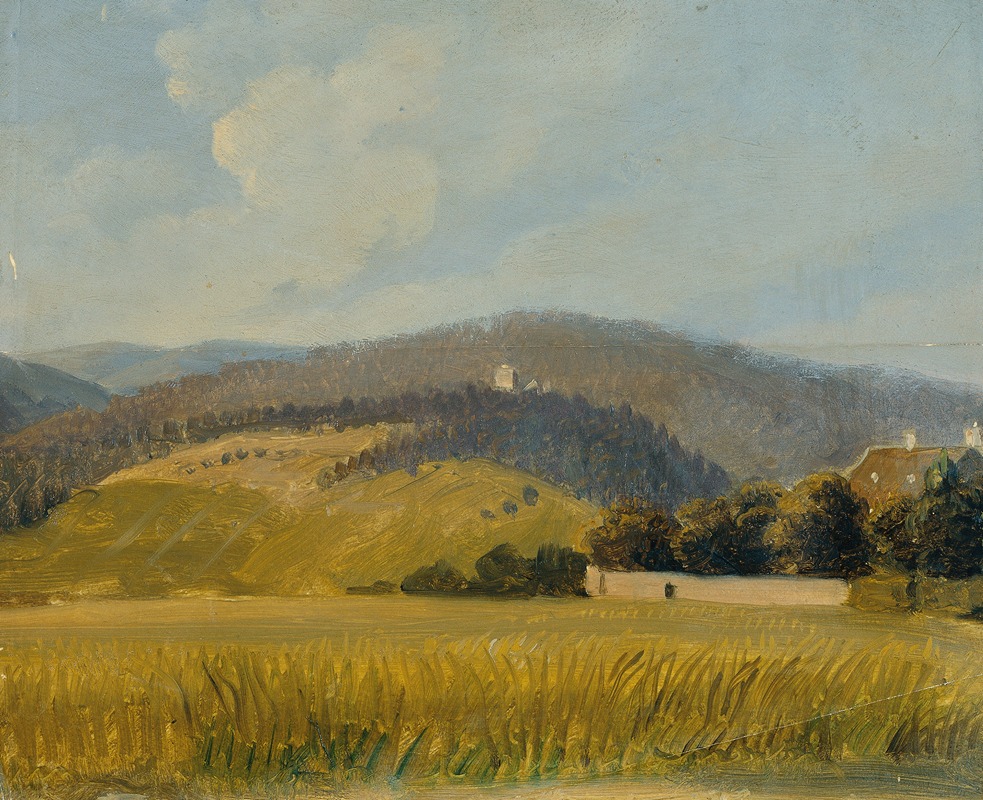
Landschaft bei Baden
A hand-painted replica of Johann Peter Krafft’s masterpiece Landschaft bei Baden, meticulously crafted by professional artists to capture the true essence of the original. Each piece is created with museum-quality canvas and rare mineral pigments, carefully painted by experienced artists with delicate brushstrokes and rich, layered colors to perfectly recreate the texture of the original artwork. Unlike machine-printed reproductions, this hand-painted version brings the painting to life, infused with the artist’s emotions and skill in every stroke. Whether for personal collection or home decoration, it instantly elevates the artistic atmosphere of any space.
Johann Peter Krafft was an Austrian painter known for his historical and genre scenes, as well as his portraits. One of his works, "Landschaft bei Baden," translates to "Landscape near Baden." This painting is an example of Krafft's ability to capture the serene beauty of the natural environment, a skill that was highly regarded during his time.
Krafft was born on September 15, 1780, in Hanau, Germany, and later moved to Vienna, where he became a prominent figure in the art scene. He studied at the Academy of Fine Arts in Vienna and was influenced by the Romantic movement, which emphasized emotion and individualism, as well as an appreciation for nature. This influence is evident in his landscape paintings, including "Landschaft bei Baden."
The painting "Landschaft bei Baden" depicts the picturesque scenery around Baden, a spa town located near Vienna, Austria. Baden was a popular retreat for the Viennese elite during the 19th century, known for its therapeutic hot springs and beautiful landscapes. Krafft's painting captures the tranquility and natural beauty of the area, showcasing his talent for rendering light and atmosphere.
In "Landschaft bei Baden," Krafft employs a delicate color palette, using soft greens and blues to convey the lushness of the landscape. The composition is balanced, with a careful arrangement of trees, hills, and sky that draws the viewer's eye across the canvas. Krafft's attention to detail is evident in the way he depicts the foliage and the play of light and shadow, creating a sense of depth and realism.
Krafft's landscapes often reflect his interest in the interplay between nature and human presence. Although "Landschaft bei Baden" focuses primarily on the natural environment, it may also include subtle indications of human activity, such as a path or a distant structure, which serve to highlight the harmony between people and nature.
Throughout his career, Krafft received numerous accolades for his work. He was appointed as a professor at the Academy of Fine Arts in Vienna and later became the director of the Imperial Gallery in Belvedere. His contributions to art were recognized by his contemporaries, and he played a significant role in shaping the artistic landscape of his time.
"Landschaft bei Baden" is a testament to Krafft's skill as a landscape painter and his ability to convey the serene beauty of the natural world. While specific details about the painting's creation and provenance may not be extensively documented, it remains an important part of Krafft's oeuvre and a reflection of the Romantic ideals that influenced his work.
Krafft passed away on October 28, 1856, in Vienna, leaving behind a legacy of paintings that continue to be appreciated for their artistic merit and historical significance. His work, including "Landschaft bei Baden," is held in various collections, contributing to the understanding and appreciation of 19th-century Austrian art.





